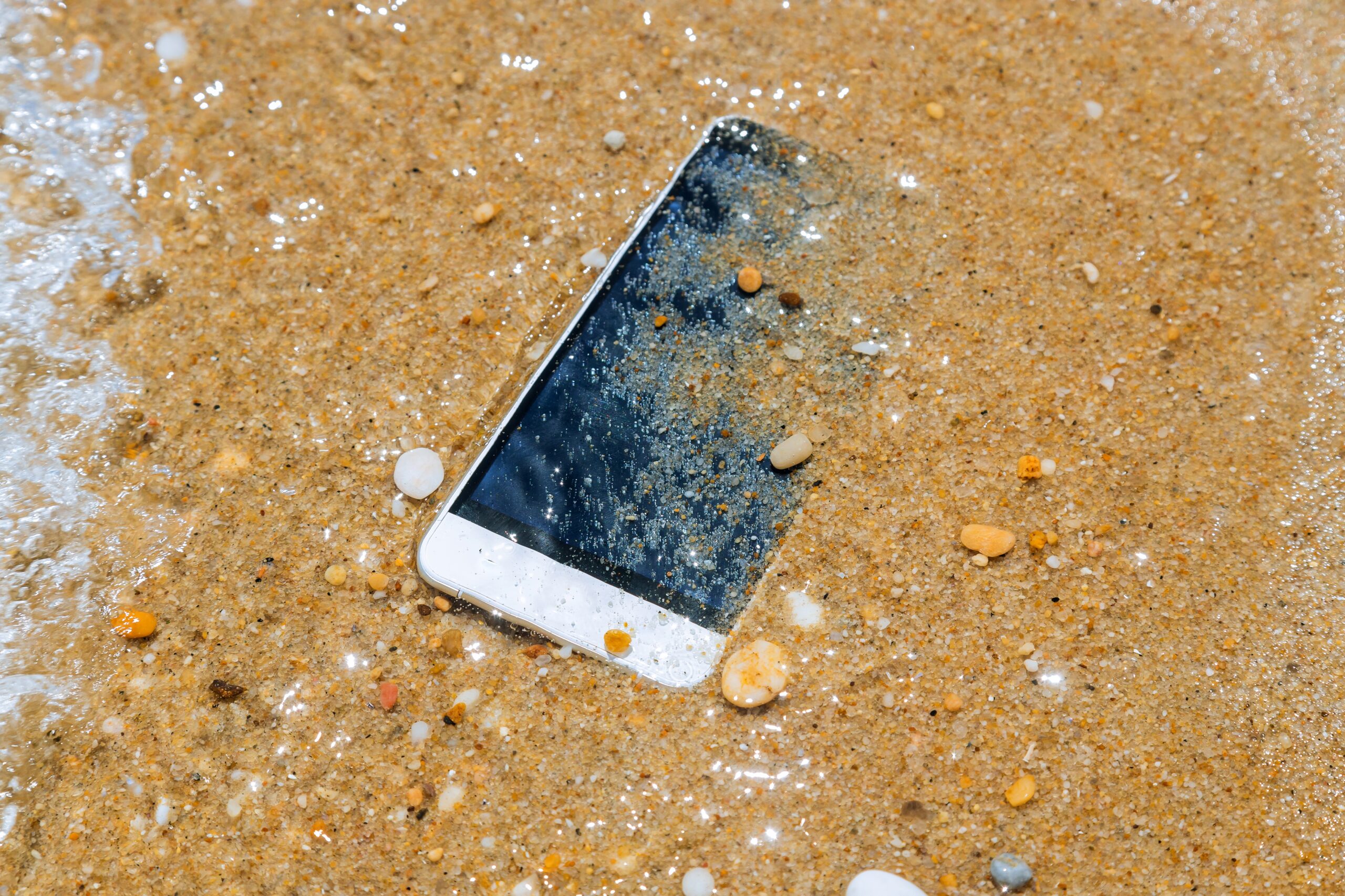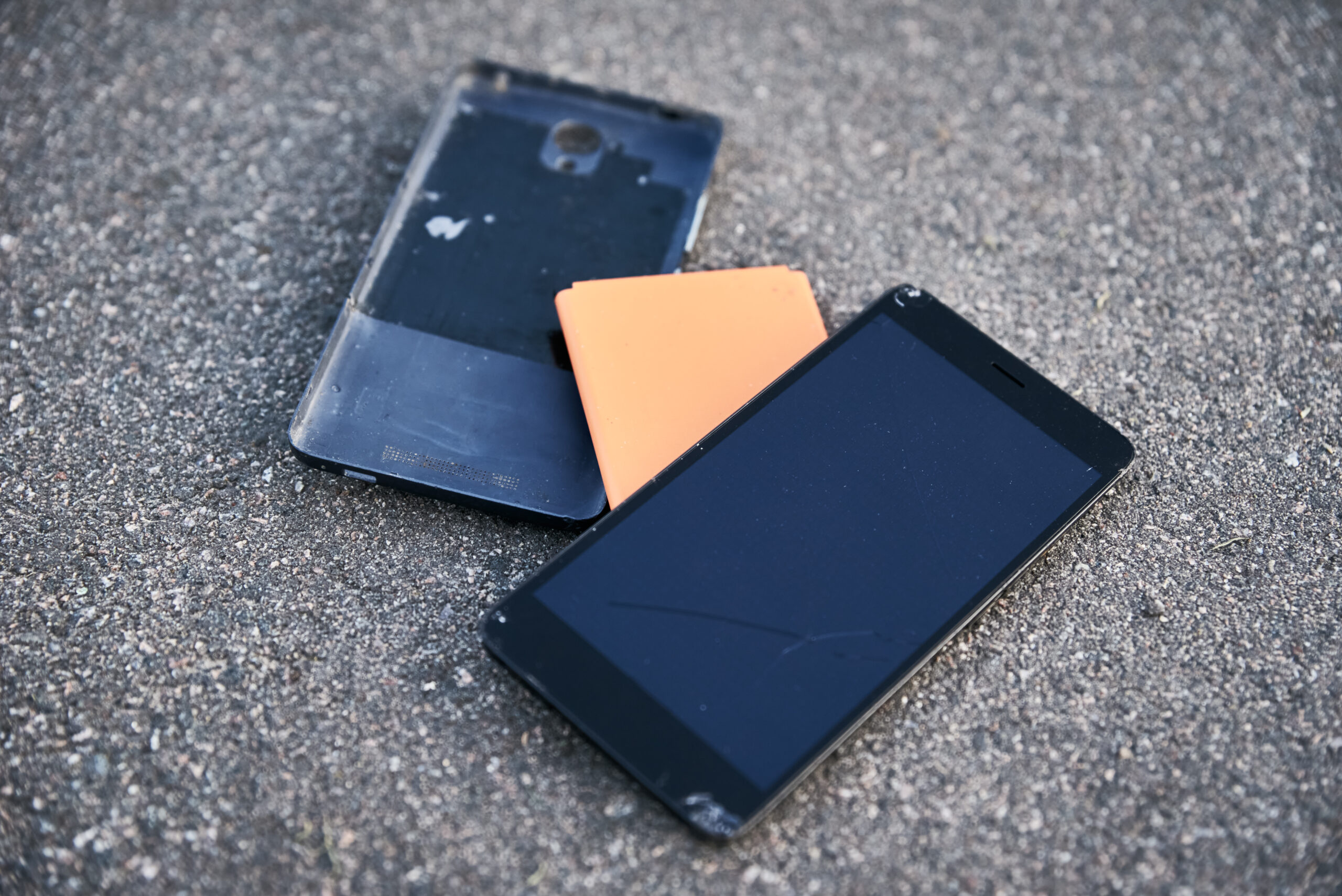
Water damage on smartphones? Water damage is a common problem for many smartphone users, and can have significant impacts on the device’s performance and longevity. If a smartphone is exposed to water, it can cause serious damage to the internal components, leading to issues such as a malfunctioning touch screen, dead battery, or even a complete failure of the device.
In this article, we will discuss the impacts of water damage on smartphones and how to fix it.
What are the impacts of water damage on smartphones?
There are several ways in which water can damage a smartphone. The most common is accidental exposure, such as dropping the phone into water or spilling liquid on it. These damages leave behind severe impacts, such as:
Corrosion
When water gets inside the internal parts of the mobile, it can cause corrosion of internal components and damage to the motherboard.
Short circuits
A short circuit is a connection between two points of a circuit that should not be connected. When a mobile device is exposed to water, the water can seep into the device and cause a short circuit. This can lead to a device malfunction or even a complete breakdown of the device.
Battery damage
If water gets inside the battery, it can corrode the electrical contacts and cause a short circuit, preventing the battery from charging or discharging correctly. Moreover, if the battery’s casing is compromised, water can seep inside and cause irreversible damage to the cells. In a nutshell, water can severely damage the battery, reducing its lifespan and causing it to malfunction.
Display damage
Water can lead to display damage on mobiles when it becomes trapped inside the device. It can cause discolouration, dead pixels, or even a complete display failure.
Speaker and microphone damage
When water comes into contact with a microphone or speaker, it can cause electrical damage to the components. This is because water is a conductor of electricity, which can cause a short circuit in the circuits of the microphone and speaker. This can lead to permanent damage to the microphone and speaker and can cause the phone to malfunction.
How to fix water damage on smartphones?
To avoid water damage, it’s important to keep your smartphone away from water and liquids as much as possible. If you do get water on your phone, it’s important to act quickly to minimise the damage. The first step is to turn off the device and remove the battery if possible. This helps to prevent short circuits and electrical damage.
Remove the battery
If your smartphone has come into contact with water, the first thing to do is to remove the battery. This will prevent further damage from occurring.
Dry the device
You can use a clean cloth or paper towels to gently blot the phone, and then use a dry cloth to remove any remaining moisture. If you have access to a desiccant, such as silica gel, you can use it to help absorb any remaining moisture.
Visit a repair shop
If your phone has suffered water damage, it’s important to get it repaired as soon as possible. In some cases, you may be able to fix the damage yourself. For example, if the battery has died, you may be able to replace it with a new one. However, in many cases, it’s best to take your phone to a professional repair shop.
Conclusion
It’s common sense to keep your phone away from water. However, in the event that your phone does get wet, it’s crucial to act quickly and seek professional repair to minimise any damage.
With the right assistance, you’ll be able to get back to using your phone for texting and browsing the internet in no time. Don’t hesitate to take action now and protect your smartphone from the detrimental effects of water.
At Fixsmart, we’re experts in fixing gadget issues. Contact us for all your repair needs.




